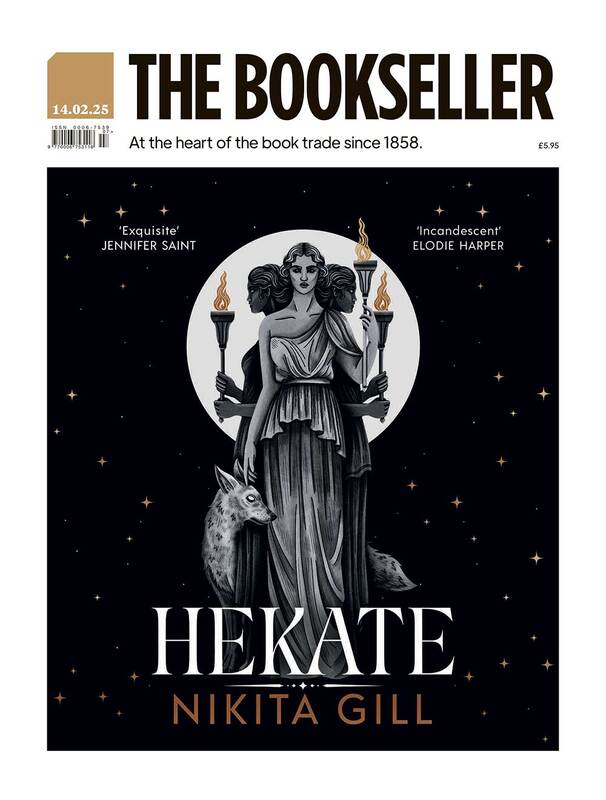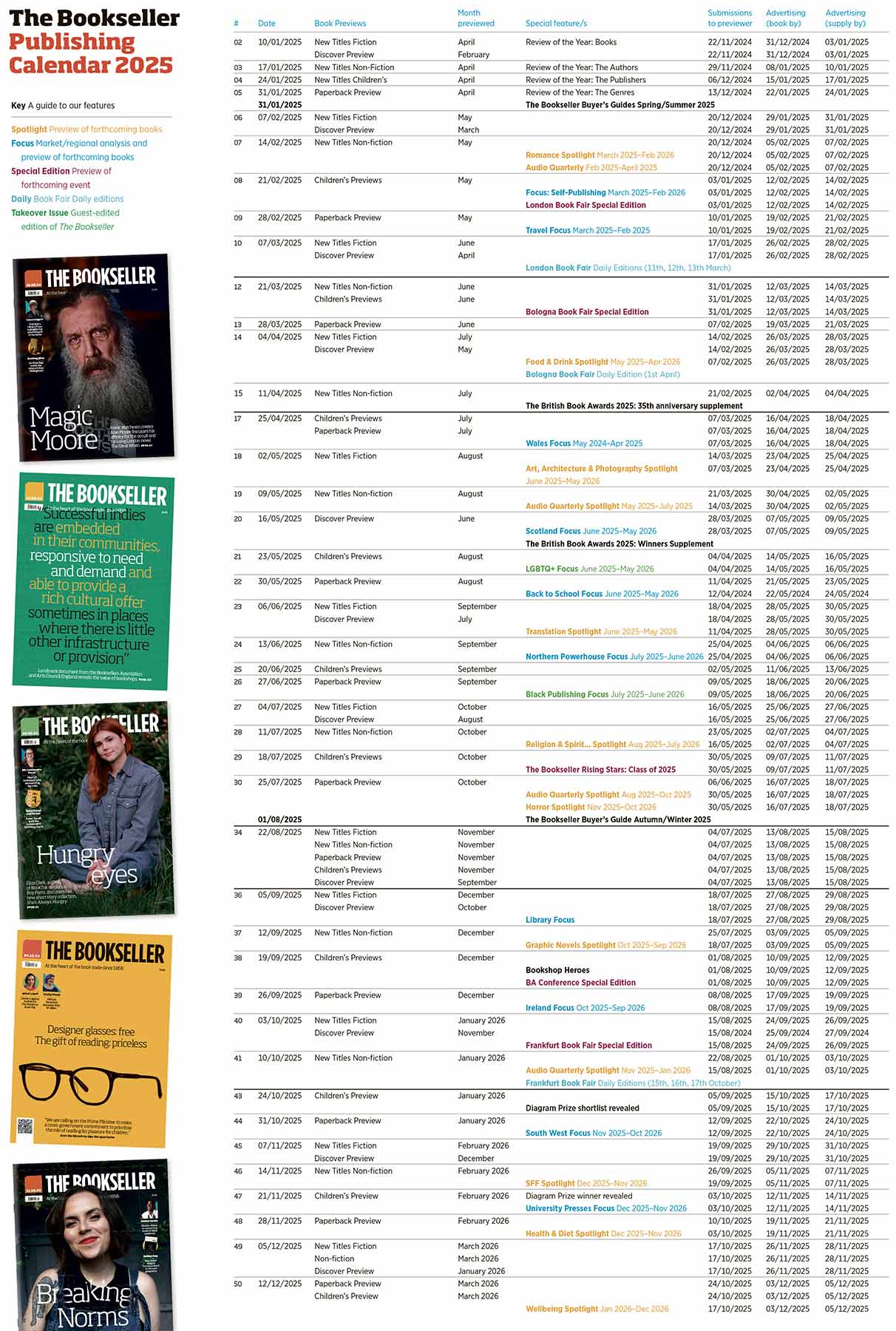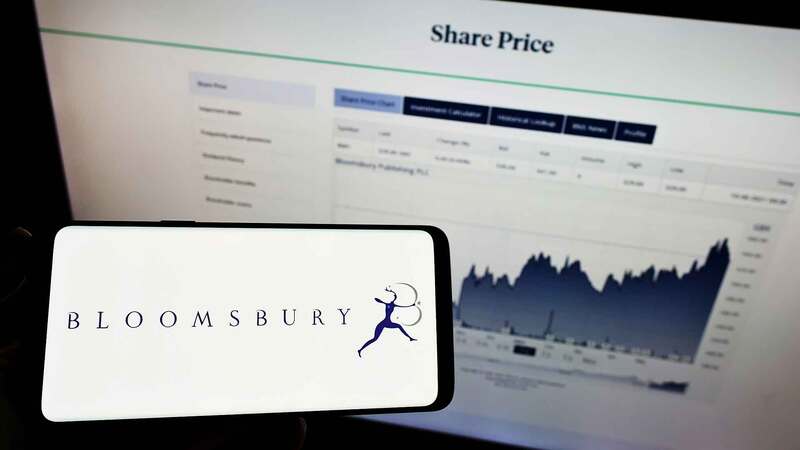You are viewing your 1 free article this month. Login to read more articles.
Prime position
This week, we kick off our annual Review of the Year features that look to analyse the performance of the market, including the books, authors and illustrators, and the publishing sector over the past 12 months.
This week, we kick off our annual Review of the Year features that look to analyse the performance of the market, including the books, authors and illustrators, and the publishing sector over the past 12 months. As befits the odd year we have just had, the Review of the Year will be unlike its immediate predecessors. Nielsen, which supplies the industry with weekly sales data taken and collated from bookshop tills (including supermarkets, and online retailers), is unable to supply data for 17 of the 53 weeks the reviews would cover, and therefore, and hopefully for one year only, we will be looking at this through a lens darkly.
I raise this not to throw shade on Nielsen, or to have you reaching for your tiny violins, but because, for obvious reasons, the lack of statistics for the most important year in our recent history is something to reflect on.
As our first review states (see pp06–09), we’ll use other sources to plug some of the gaps (including publisher data), but nevertheless there will be much that will remain unknowable. For example, 2020 will likely have given greater market power to those who supply across a range of retailers and publish the biggest authors, and though this is reflected in the Top 50 chart, it will be difficult to quantify, or indeed prove it, beyond these few top titles. In reality, whatever you may read elsewhere, in the past few years the bigger groups have actually tended to lose market share, except through acquisition. If 2020 has halted that trend, we need to know it.
There are some things less in doubt: 2020 proved to be a good year for evergreens, brands and celebrities—and therefore not a peak year for indies. But it may yet be seen as a remarkable year for books hitherto considered not “mainstream”, as the frontlist thinned out, and readers looked to titles that could explain the world around them. Publishing can take some credit for this: the bestsellers tend to get the attention, but each year thousands of books are published by publishers big and small that can sit on the sidelines, waiting for their moment. In 2020, some got the call.
Of course, the reason we have this data gap is down to Amazon. Its outsized contribution to the book business means it is sensitive about how much detail around its sales can be identified from the data. I’ve had these arguments with Amazon before, and in particular over its e-book business, where it does real damage to authors’ careers by not surfacing their sales numbers. But Amazon wants to protect its competitive advantage, and its data will only get more valuable as its dominance grows.
The retailer may be missing a trick. In preventing Nielsen from providing a full-market overview, the company underplays its role, and the part its distribution centres and hard-working employees played during the year—especially during the lockdowns—in keeping the book business solvent.
Perhaps the modesty is deliberate: for the truth of 2020 is not really about the data at all, but that the trade’s dependency on the retailer from Seattle grew and grew. Some might say beyond all measure.









